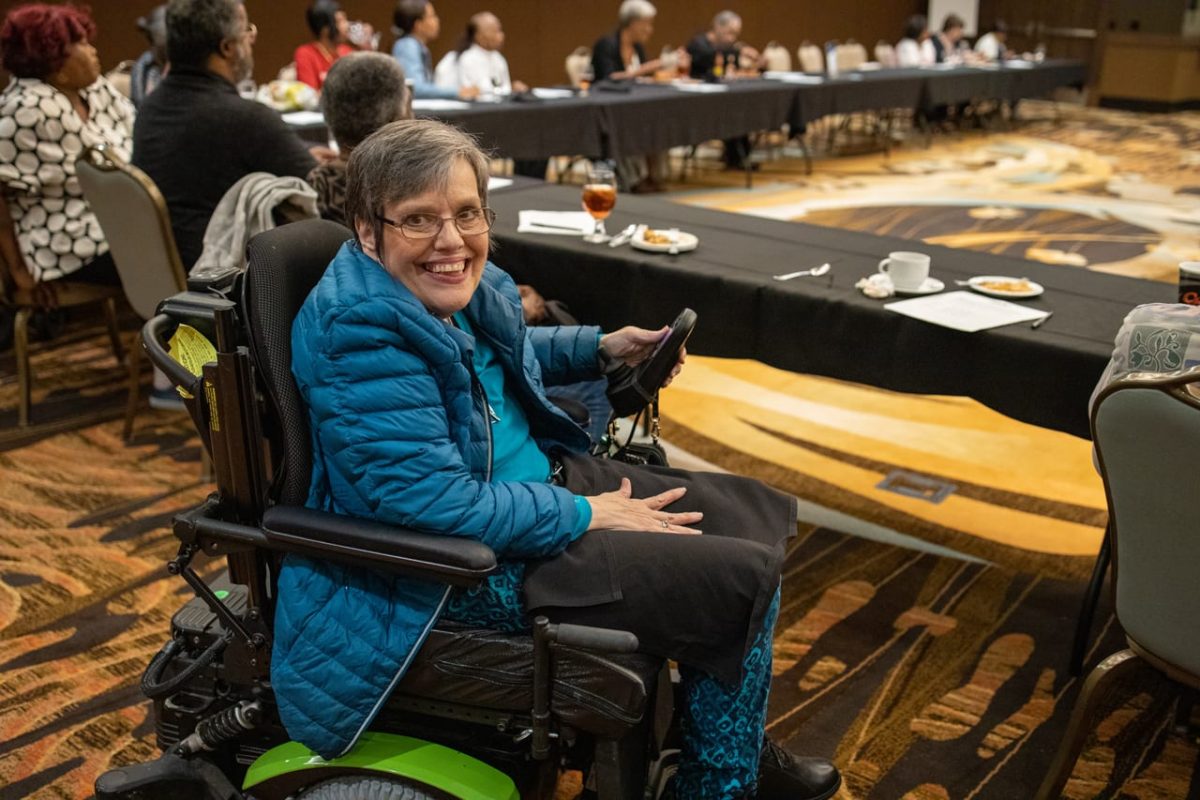Executive Summary
The purpose of this Virtual Engagement Guidebook is to offer a reference tool for transit agencies, mobility managers, human service transportation providers, tribal transportation programs and metropolitan planning organizations (MPOs) that seek to expand or diversify their practices for collaborating with their teams, policymakers, stakeholders, partners, and members of the public. The guidebook highlights industry practices, approaches, and tools available.
Virtual engagement practices have been around for many years, but the COVID-19 pandemic ushered in a major shift from in-person to virtual engagement as transportation organizations focused on ways to continue to involve their partners, community members, and riders in their decision- making processes. With differing levels of success, most organizations moved quickly to use virtual platforms for meetings and webinars for everyday involvement. As the pandemic continued on, many adapted by investing in new communications tools and by testing approaches they had not previously tried. Ultimately most transportation organizations found tools that worked for them and
the communities they sought to engage, and many organizations expect to use virtual engagement tools to supplement in-person events or in lieu of them in the future.
Virtual engagement provides several opportunities for transportation organizations to:
- Reconsider how they engage the communities they serve;
- Increase the size and diversity of their audiences;
- Make engagement more accessible to some communities; and
- Collaborate with other organizations
Many different tools and approaches to virtual engagement exist. For an effective virtual engagement program, transportation organizations will seek a combination of tools that best meet their needs, because all tools have limitations. Individuals with limited access to or knowledge of communications technologies may be unable to join web-based meetings, while people with limited English proficiency or certain types of disabilities will be challenged by software constraints that may not accommodate interpretation, offer closed captions, or provide other communications options. As a result of these challenges and others, virtual engagement is not always a perfect substitute for in-person.
The guidebook focuses on three key motivators for public engagement – to inform, engage, and persuade – and identifies tools that can support a transportation organization’s efforts to accomplish these. To illustrate these examples, the guidebook includes concise case studies from a mix of transit agencies, human service transportation providers, and MPOs, including the following:
Case Studies
The guidebook highlights practices to make virtual engagement more successful. For example, defining a meeting or event’s objectives and desired outcomes helps to ensure a clear understanding of goals and the purpose for the engagement effort. It also helps meeting organizers choose a meeting format or virtual platform to maximize participant engagement and achieve the meeting objectives. And once an approach is selected, planning, staffing, and practicing for the event are especially important. Virtual events require clear staffing and facilitation plans, as well as contingency plans in the event of software malfunctions, internet connectivity issues, or user error.
Tools for virtual engagement include project websites, videos, comment forms, fact sheets, digital newsletters, podcasts, meetings “in-a-box,” kiosks, social media, and others. Platforms include webinar and virtual meeting platforms such as Zoom or Google Meet, livestreaming and video platforms like YouTube and Facebook Live, survey tools, and many others. The guidebook offers templates and step-by-step guidance for use by transportation organizations.













